Introduction to Curry Bread
Are you one of those people who like to eat Japanese bread? Have you heard of Curry bread somewhere or even on some anime and Japanese shows? If not, then I will guide you through it.
Japanese Curry Bread or Kare pan is a Japanese bread that uses curry as its filling. Japanese wrap or place the curry inside the bread then, they will bake or fry it. Although there is no fixed definition, most commercial products are served in fried or baked in batter. It is a famous side dish bread, and products from major manufacturers are sold at supermarkets and convenience stores. It is often a specialty of bakeries in the city.
Many Japanese foods, including kare pan, are known worldwide. Now, let us get to learn more about Curry bread.
Etymology

There is just a simple meaning or etymology for this Japanese dish. Curry bread (カレーパン) or “Kare pan” in Japanese has katakana (片仮名) characters on it. The “Kare (カレー)” meaning Curry in English and “Pan (パン)” meaning bread.
What is Curry Bread?

Curry bread (カレーパン) or Kare pan is a type of Japanese side dish bread that uses curry as an ingredient. Curry wrapped or placed in bread and baked or fried. Subsequently, the original kare pan is said to have been invented at the Tokyo bakery Cattlea, in 1927.
This curry bread is loved by all ages, from a young age to elders. The taste is quite exquisite, and the curry-filling blends in harmony with the bread. The curry inside has its types, such as keema curry, beef curry, and boiled egg.
They also have fried curry bread or what they call curry donuts. Most restaurants distinguish if the kare pan they are serving is fried or the baked ones. It has less juice than curry rice, and the Japanese devised this not to drip when eating.
Curry Bread History
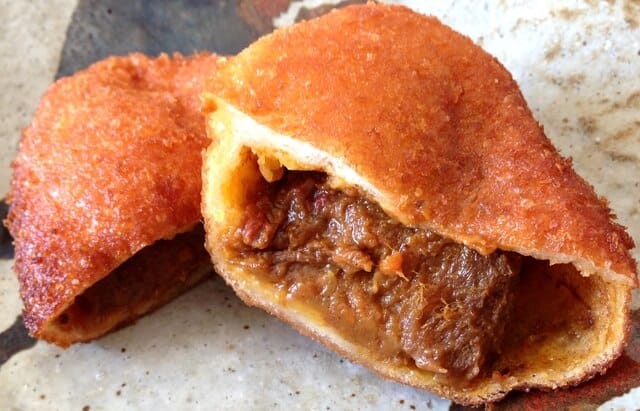
There are various theories about its origin, but some say that Western bread is the originator. This bread was a utility model in 1927 by Toyoji Nakata, the second generation of “Meikado” in Tokyo. However, the new plan was to “fry bread with ingredients like tonkatsu” and did not include the words of curry at all.
On the other hand, in “Denmark Brod” (founded in 1934) in Nerima Ward, the founder invented curry bread. He had come up with the idea of selling curry sandwiches first and then frying them. Western food is becoming popular around here, and it seems that there was a background of the times when all the vendors were devising Japanese Western food menus simultaneously.
There is also a theory that the Indian independence activist Las Bihari Bose, who Shinjuku Nakamura welcomed in 1916, introduced pure Indian curry to the restaurant and was inspired by Aizo Soma. All restaurants have existed and continue to convey their taste.
Curry Bread Recipe
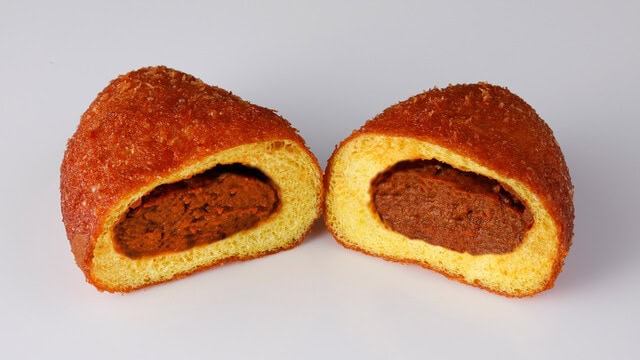
The curry bread recipe will be longer for this one because we have to make the whole process of making the kare pan. First, we need to know what are the curry bread ingredients. You will need bread flour, granulated sugar, salt, vegetable oil, milk, and instant yeast for its dough. In addition, you will need ground beef, onion, garlic, carrot, potato, salt, roux blocks, and water for the curry filling. For the breading, you will need panko breadcrumbs, egg, and vegetable oil.
How to Make Curry Bread?

Making the Dough
In a large bowl, add the flour, sugar, and salt. Mix well.
Add the oil, milk, and yeast. Mix to form a shaggy dough.
Turn the dough out onto a countertop and knead for 2-5 minutes until it’s smooth and elastic.
Lightly oil the surface of the dough and place it in a bowl. Cover and allow it to proof in a warm place for 1 hour or until doubled in size.
Cooking the Filling
In a skillet, on medium heat, sauté ground beef until most of the beef is browned. Add onions, garlic, and salt. Sauté another 3 minutes.
Add carrots and potatoes. Mix well. Add two tablespoons of water. Cover and reduce heat to low. Cook until the potatoes are almost done.
Add curry roux blocks and 2-3 tablespoons of water. Stir until the blocks are melted. Add more water, one tablespoon at a time, if needed.
Remove from heat and allow to cool completely.
Shaping the dough
Divide the rested dough into six equal pieces.
Press the gas out of the piece of dough and draw up the edges to form a parcel. Turn the dough over with the pinched side down. Using cupped hands, shape the dough into tight balls.
Roll a dough ball into a 5″ diameter circle. Place 1-2 T. of cooled filling in the middle. Draw up two edges of the circle of dough to the middle and pinch to seal, forming a football shape.
With the seam facing down, gently roll the dough to flatten and seal the seam.
Panko Coating
Firstly, in a shallow pan, lightly beat an egg.
Next, place the panko into another shallow pan.
Then, place the curry bread into the egg wash. Turn to coat.
Lastly, press lightly into the panko, then place on a square of parchment paper.
Frying
Firstly, heat oil to 320˚F.
Then, place the bread along with the parchment paper into the oil. Gently remove the paper—Fry for 2 minutes on each side, or until golden brown.
Lastly, drain the bread onto to rack to drain any excess oil. Serve warm.
What are the Types of Curry Bread?

The types of curry bread are broadly divided into fried and grilled. Other criteria for classification include bread shape, spiciness, color, roux shape, and bread texture. The combination is infinite, and there are many other things like the presence or absence of navels and angel rings.
What are the Manners when Eating Curry Bread?

Oil may be attached to the hands and mouth after eating kare pan. If you leave it as it is, it may stain the surrounding area, so wash it properly. Avoid wearing white clothes when eating kare pan. The kare pan immediately after warming is very hot, so be careful not to get burned. Moreover, for a kare pan with a navel or angel ring, be sure to check the position of the navel and eat it upward. Curry may leak if you put your navel or angel ring down.
How to Eat Curry Bread?
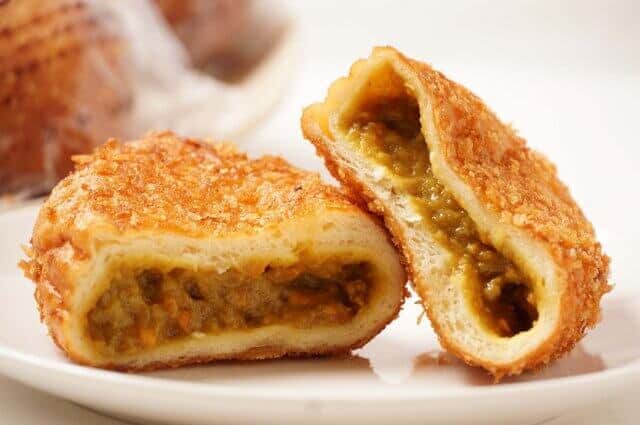
When you eat curry bread, hold it with your bare hands. Curry bread is something you can enjoy with all five senses. Therefore, the oil condition that you feel by hand is also an essential feature of curry bread. You can enjoy the characteristics of each kare pan while holding it in your hand and feeling the condition of the bread.
Recommended Curry Bread Bakery Shops
Boulangerie Seiji Asakura
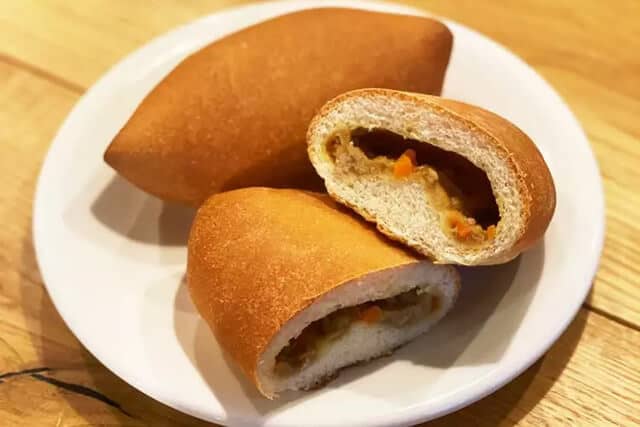
If you take a walk toward Izumidake Temple, you will see a red shop on the way. When you open the shop’s door, you will find a wide variety of bread lined up in a small shop. Customers come in one after another within a minute of entering the store. Their bread sells well, so it’s natural to have freshly baked bread lined up all the time.
Consequently, that is why the temperature inside the store was a little warm. Their specialty, called “cheese curry bread,” has a texture similar to champagne and is baked without frying. The dough is chewy and chewy, and the top is covered with cheese in addition to the contents, giving it a slightly sour taste.
Tenma Aoyama store

The shop has a take-out corner, so if you want to eat only curry bread, the shop recommends purchasing from the take-out window. At noon, they replenish the fried bread so that you can have crispy kare pan at any time. The round shape and flaky dough make you want to stick to it immediately. Subsequently, there are four types: beef, butter chicken, soft-boiled egg, and dry keema.
Cattlea
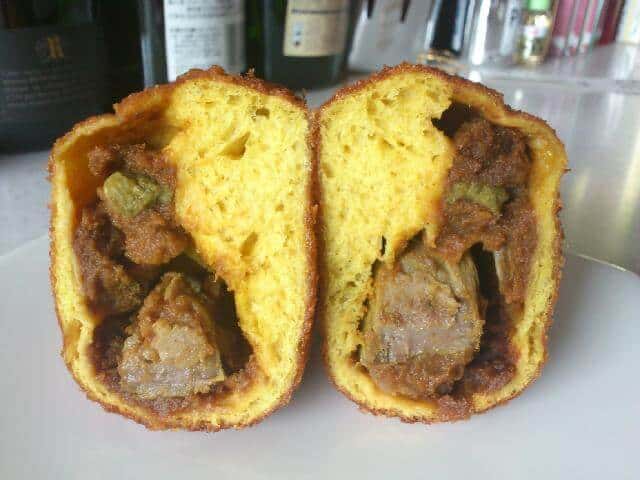
Cattlea is a bakery in the city that many locals have loved for many years. It is the birthplace of the original kare pan or curry bread. Moreover, Cattlea’s curry bread has a crispy texture and a spicy Japanese-style curry. The shop recommends getting the hot fried bread, but even if you freeze the kare pan in the freezer and then reheat it in the microwave, the taste is almost the same as when it is hot.
Tokyo Marriott Hotel Pastry & Bakery GG Co.

Pastry & Bakery GG Co. offers the best match between the curry made by the chef and the dough with tapioca powder as a secret ingredient. Despite being close to Shinagawa Station, it is a hidden space surrounded by gardens and museums where you can escape from the hustle and bustle of the city. After passing through the entrance of the Tokyo Marriott Hotel, go to the right, and you will see Pastry & Bakery GG Co.
It features an elongated form that is easy to eat with one hand without getting your hands dirty. The dough uses tapioca flour in addition to wheat flour to give it a chewy texture. It’s similar to a donut-like dough, but the sweetness that is different from that of snacks appears softly after the gentle aroma of wheat.
The shop combines beef tendon, carrots, onions, and celery; then, they simmer it. They also stewed it with plenty of wine and fruits; it has a rich flavor. It is a medium spicy taste that even people who are not so good at spiciness can eat deliciously. They use many vegetables and 15 kinds of spices and the “Vegan Curry Bread” is also available.
Conclusion

In Japan, Japanese curry bread is easy to eat and makes you hungry. You can make curry rice at home, but it’s better to eat it at a specialty store when it comes to bread. Locals eat this kare pan for snacks and meals. Overall, Japanese Curry Bread or Kare Pan is the star of pastries at Japanese bakery shops with a savory curry filling, a chewy, springy texture, and a light coating. The melted vegetables and fruits in crispy batter and spice-scented curry roux have a deep taste. Once you think of the crispy texture and spicy aroma, you can’t help but eat it. Everyone loves kare pan or the curry bread.
FAQ
What is Curry Bread?
Curry Bread is a popular Japanese pastry consisting of soft dough filled with curry and deep-fried or baked until crispy.
Is Curry Bread always deep-fried?
Traditionally, it is deep-fried, but many bakeries now offer baked versions that are lighter and less oily.
What kind of curry is used?
Mild Japanese-style curry with minced meat and vegetables is most common, though some shops make spicy or unique blends.
Where can I try good Curry Bread?
You can find it in most Japanese bakeries, convenience stores, and specialty shops known for unique or gourmet Curry Bread.
Is Curry Bread spicy?
Generally, it is mild, but some bakeries offer spicy versions for those who enjoy stronger flavors.
Can Curry Bread be eaten cold?
Yes, but it tastes best when warm. Reheating in an oven or toaster restores its crispiness.
Is Curry Bread vegetarian?
Most versions contain meat, but some bakeries offer vegetarian fillings. It’s best to check the ingredients before purchasing.
Can I buy Curry Bread as a souvenir?
Some shops sell packaged or frozen Curry Bread that is suitable for taking home, though fresh ones are best enjoyed on the spot.
Is Curry Bread child-friendly?
Yes. Because the curry is usually mild and the bread is soft, it’s popular among children.
Does it contain allergens?
Curry Bread typically contains wheat, dairy, and sometimes eggs or meat. Those with allergies should check labels carefully.
Are there regional varieties?
Yes. Some regions use local ingredients such as specialty beef, spicy curry, or unique bread coatings.
How should I reheat Curry Bread?
For best results, heat it in an oven or toaster oven to restore its crunchy texture without making it oily.

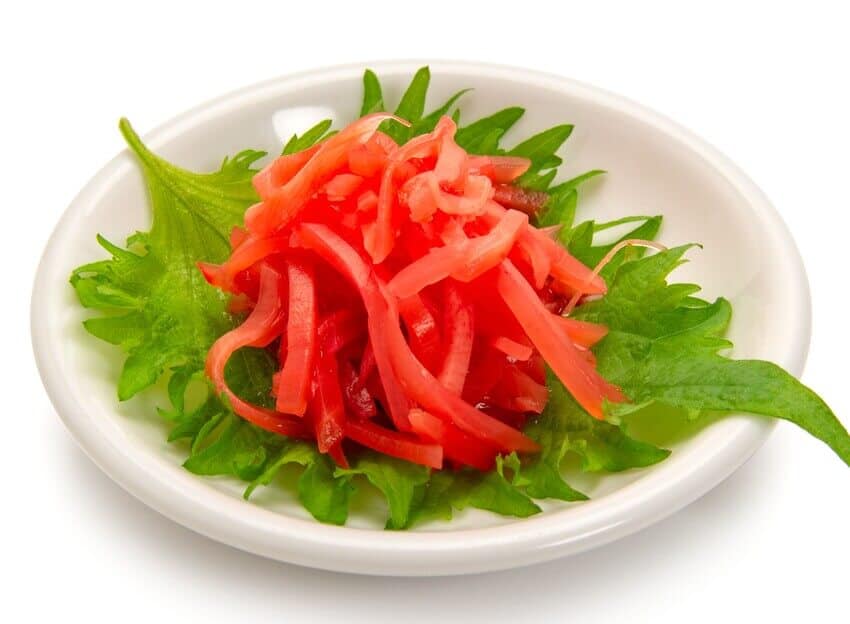

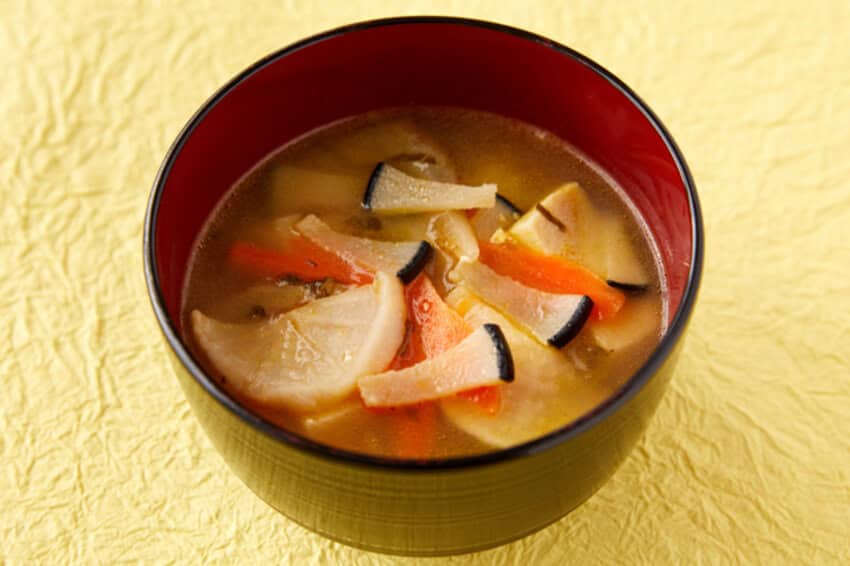


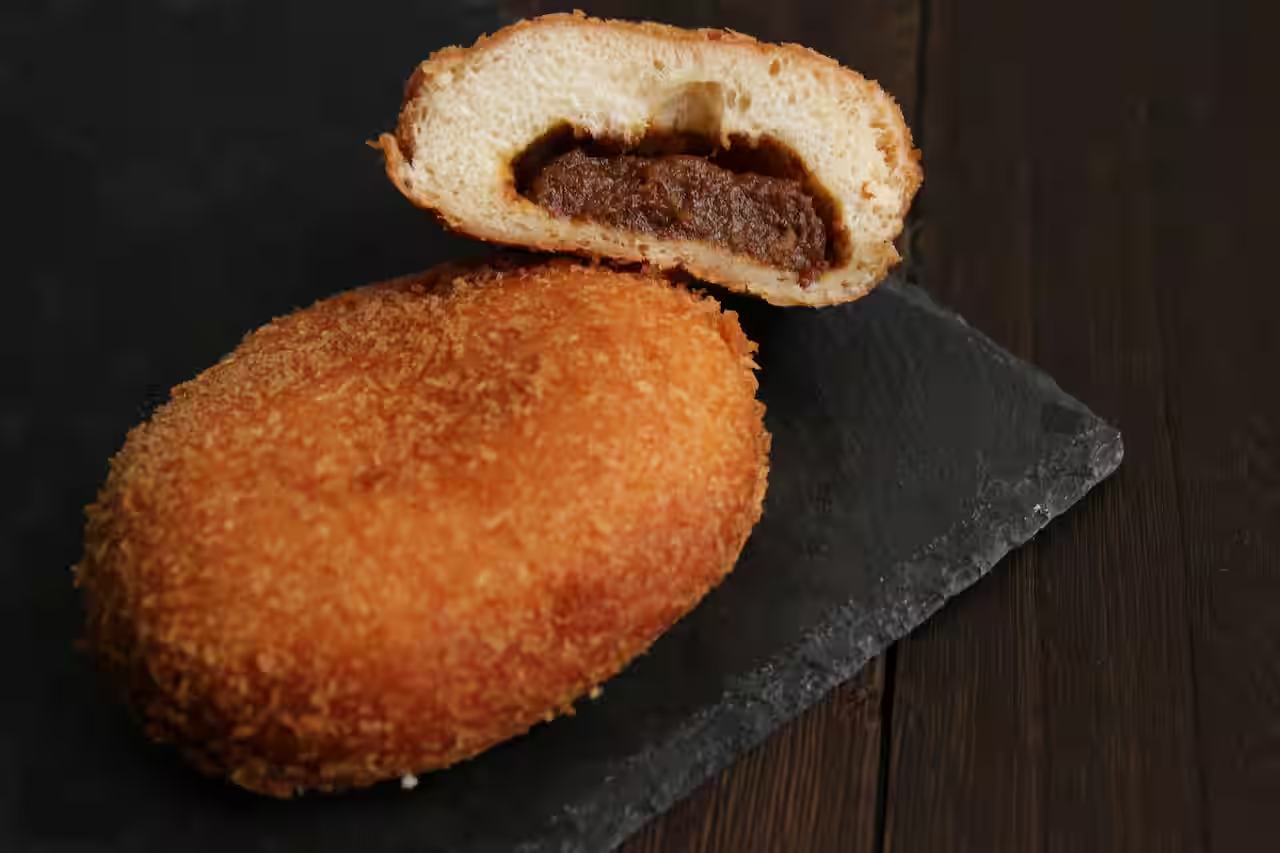

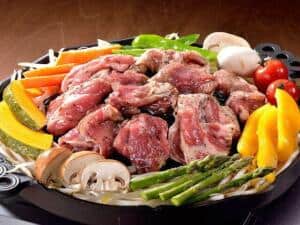
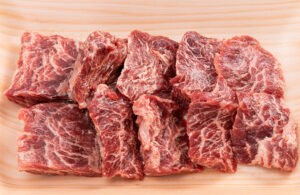

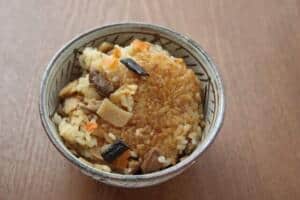
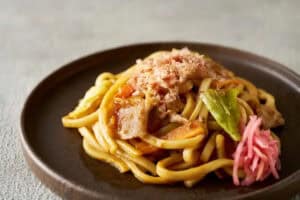

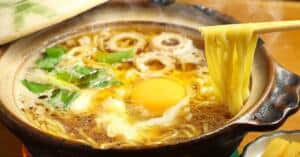
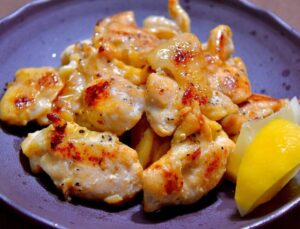
Comments